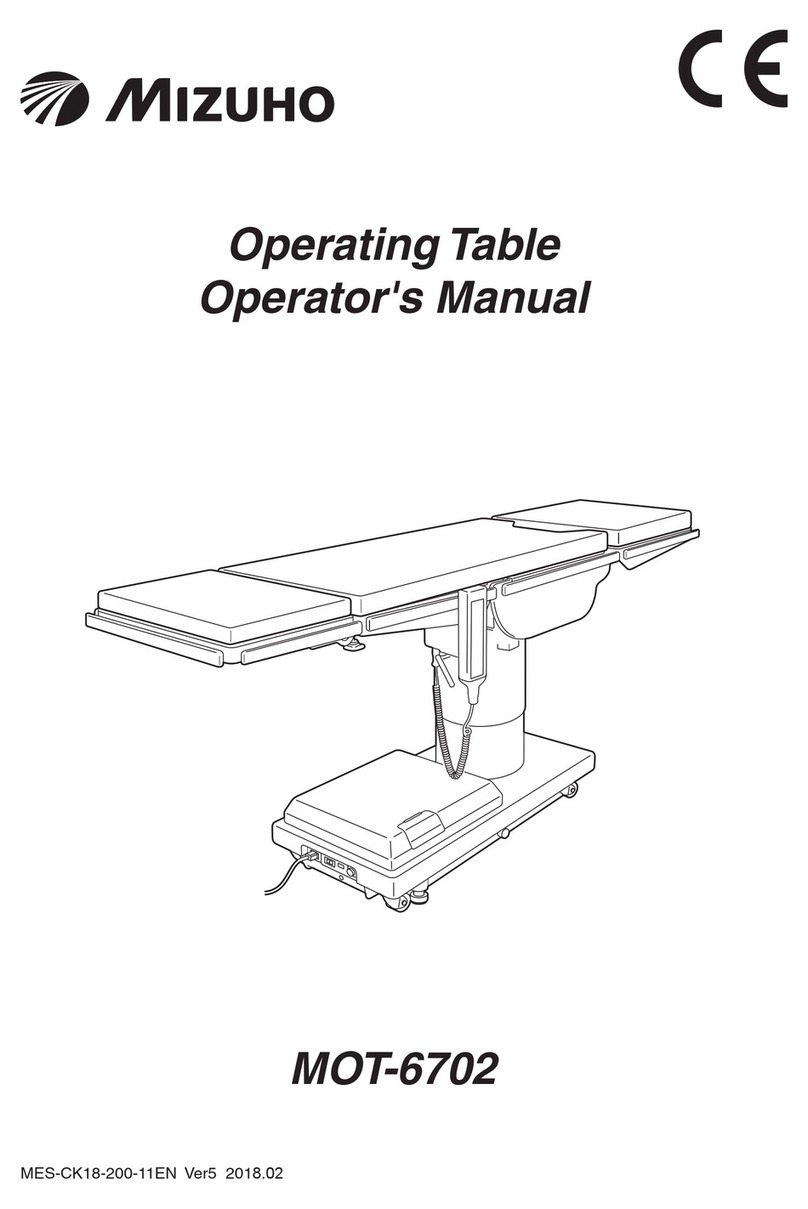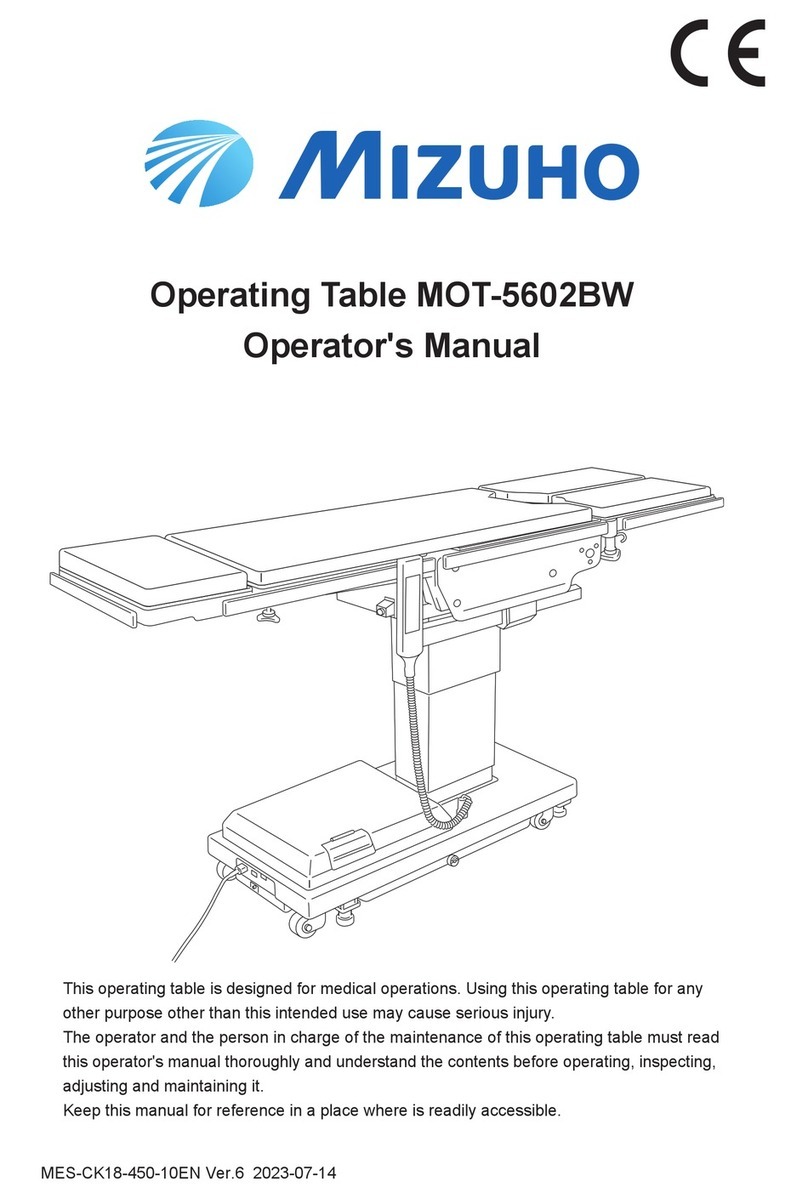
Table of contents
1. Introduction ................................................................................. 1
1.1 This manual ................................................................................................... 1
1.2 Intended use and this product ....................................................................... 1
1.3 Accessories ................................................................................................... 2
2. Safety precaution ........................................................................ 4
2.1 Read thoroughly before using ....................................................................... 4
2.2 Labeling ......................................................................................................... 9
3. Section Introduction ................................................................. 13
3.1 Main unit ...................................................................................................... 13
3.2 Hand controller ............................................................................................ 14
3.3 Cordless hand controller (optional) ............................................................. 15
3.4 Foot switch (optional) ................................................................................. 16
4. Operation ................................................................................... 17
4.1 Installation and battery charging.................................................................. 17
4.2 Turningon/othepower.............................................................................. 23
4.3 Operating the emergency stop switch ......................................................... 26
4.4 Fixingandunxingtheoperatingtable........................................................ 27
4.5 Tilting the tabletop laterally.......................................................................... 28
4.6 Trendelenburg ............................................................................................. 29
4.7 Back section up/down.................................................................................. 31
4.8 Changing the tabletop height....................................................................... 32
4.9 Sliding the tabletop ...................................................................................... 33
4.10 Flexingorreexingthetabletop .................................................................. 35
4.11 Change height of the kidney bridge............................................................. 37
4.12 Leg section up/down.................................................................................... 38
4.13 Reverse mode ............................................................................................. 39
4.14 Return to level ............................................................................................. 46
4.15 Adjusting the head section .......................................................................... 47
4.16 Adjusting the leg section.............................................................................. 49
5. Maintenance and inspection .................................................... 51
5.1 Inspection before and after use ................................................................... 51
5.2 Periodic replacement parts.......................................................................... 53
5.3 Version information of the software ............................................................. 53
































